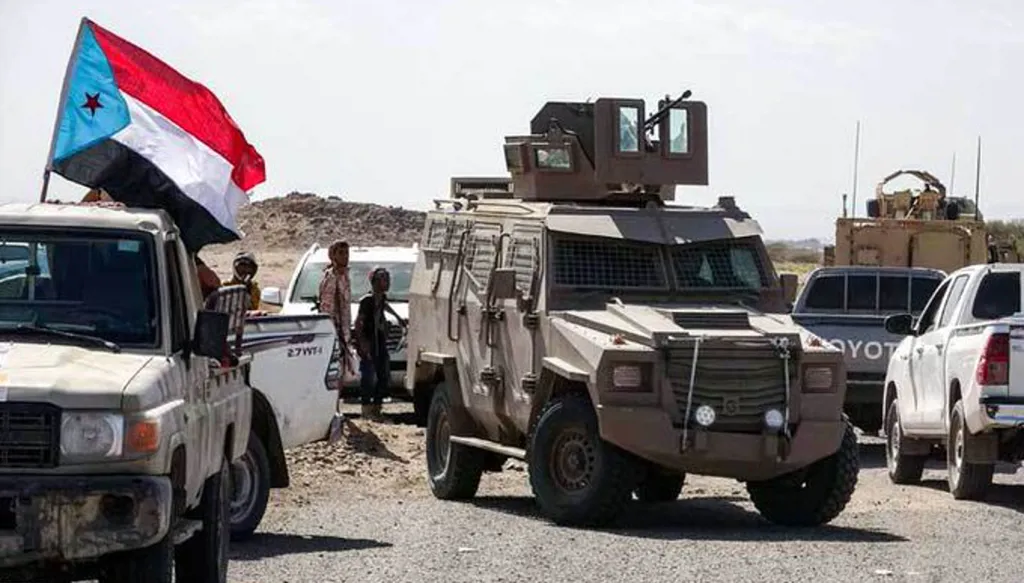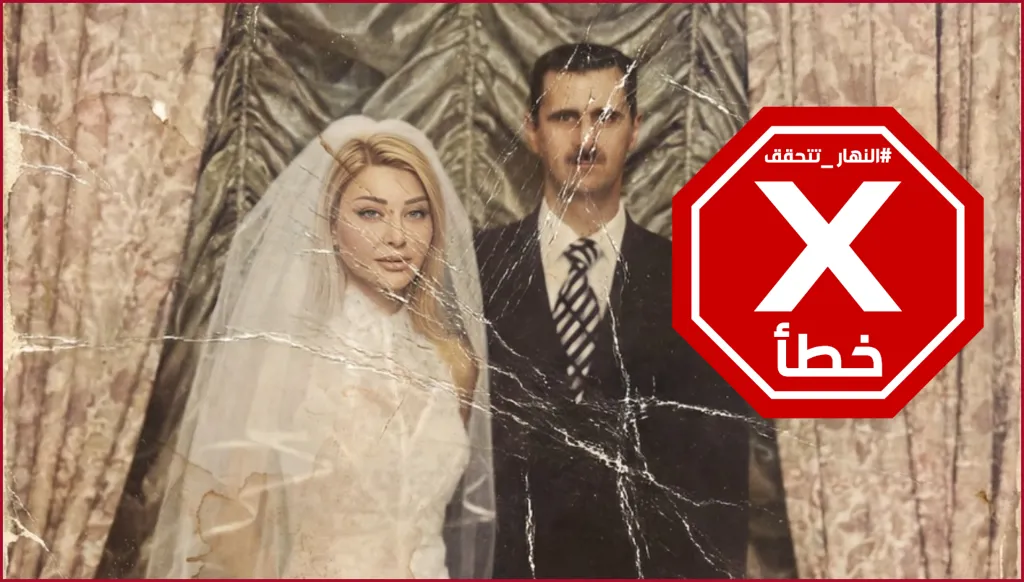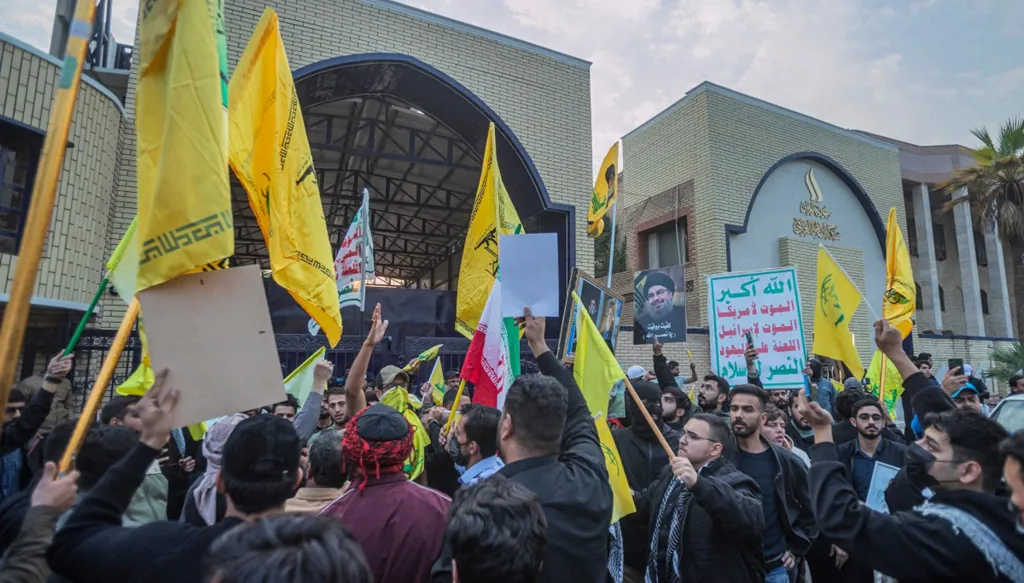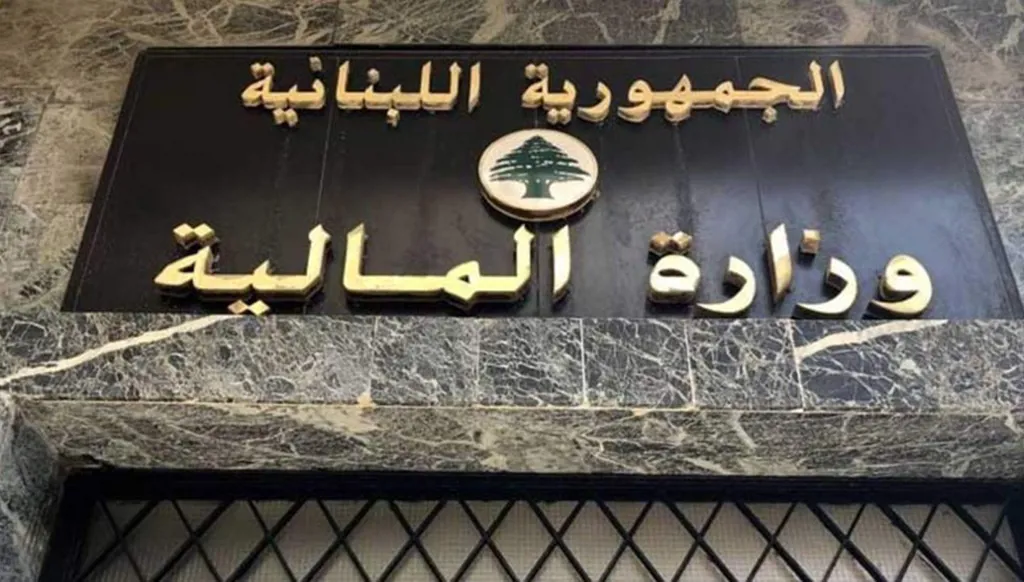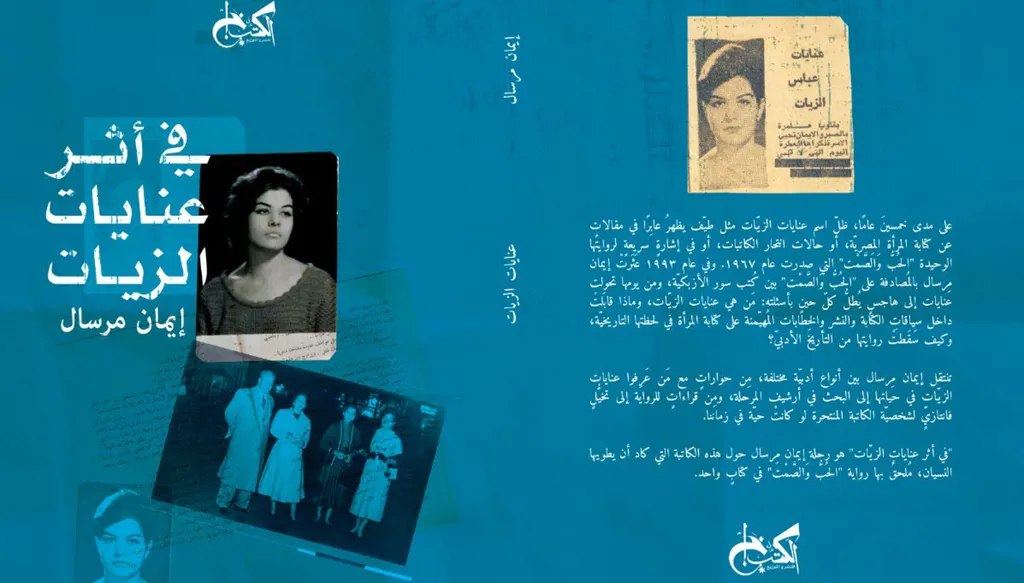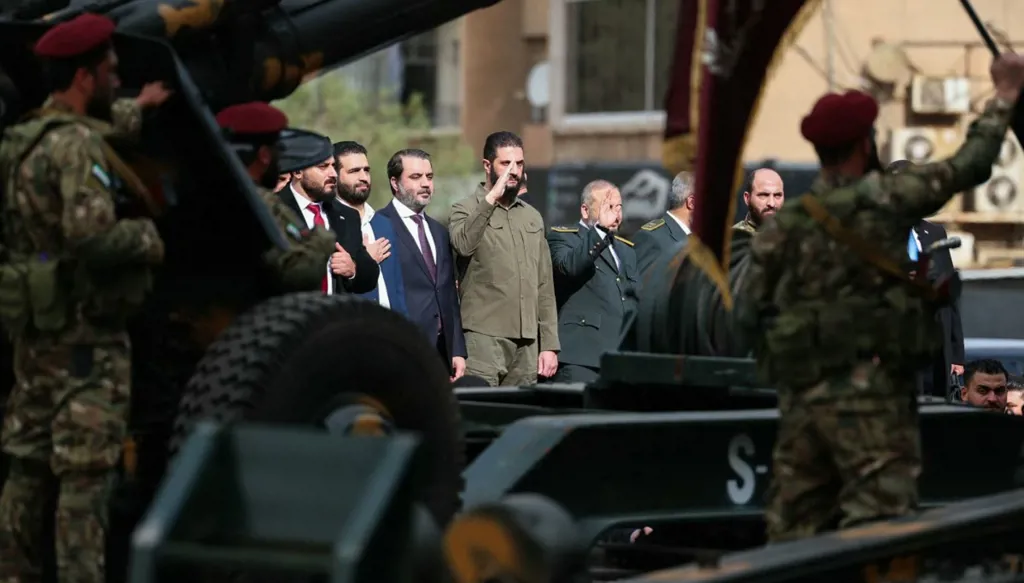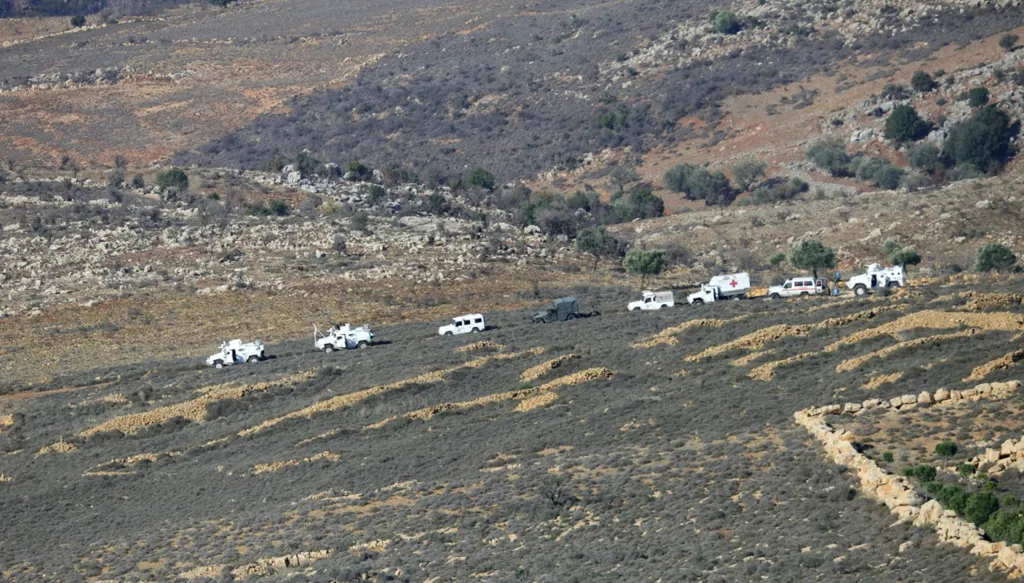Palestine Across Millennia: A Book That Tells a Different Story
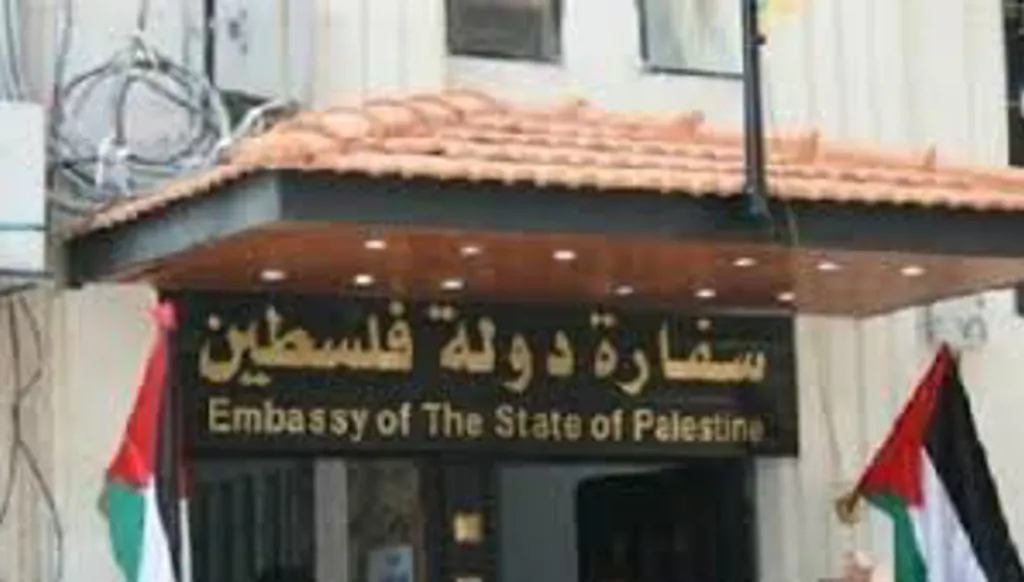
Lara El Hajj
When discussing Palestine, individuals frequently bring up politics, conflict, or loss. However, Palestinian historian Nur Masalha’s book “Palestine Across Millennia: A History of Literacy, Learning and Educational Revolutions” presents a different narrative, one that is rich in literature, education, and culture.
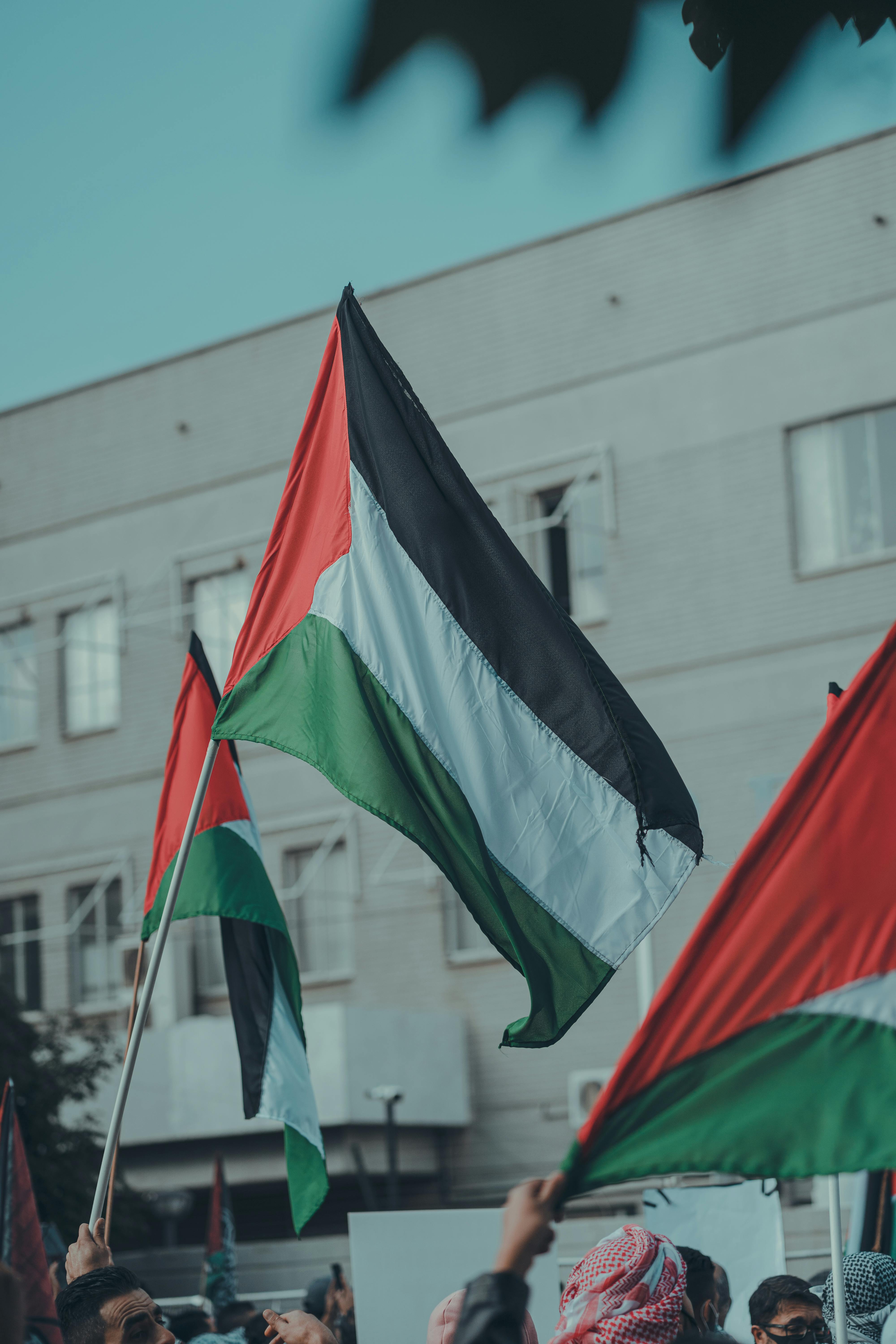
Over 4,000 years of history are covered in this book, which demonstrates how Palestine has always been a center of education, thought, and literature. It takes the reader on a lengthy historical trip, demonstrating that Palestinians have always had knowledge and a vibrant culture.
Masalha’s work aims to disprove the widespread but untrue notion that Palestinians lacked a true culture and educational system before the modern age. Rather, he depicts a vibrant history in which individuals from all religions and eras learned, taught, translated, and produced knowledge.
Early writing systems, such as Sumerian and Canaanite, were in use when the book began. People in Palestine were reading, writing, and teaching even thousands of years ago.
During the Byzantine era, monasteries and cathedrals developed into important information centers. The Mar Saba monastery in Bethlehem is one example; it gained recognition for translating books into Arabic, Syriac, Greek, and Latin. This demonstrates how receptive and interconnected Palestine was to many languages and civilizations.
Masalha also discusses schooling during the Islamic and Crusader eras. Schools continued to exist even during wartime. Madrasas at Jerusalem and Hebron taught Arabic religion and law during the Ayyubid and Mamluk eras.
They demonstrated the plurality of the era by permitting students from many Islamic schools of thought to study together. Palestine later joined the Nahda, an Arab cultural resurgence, during the Ottoman Empire. More people learnt to read, newspapers were published, and printing presses were brought in.
While preserving Palestinian identity, reformers like Khalil Sakakini contributed to the reform of education. However, education was not limited to large cities at the time. Masalha describes courses offered in mosques, churches, and houses, as well as home libraries and little village schools called Kuttab.
Particularly under the British Mandate, when there were few recognized schools, these neighborhood initiatives assisted in preserving Palestinian culture. The book’s most powerful lesson is that education is a form of resistance in and of itself. Palestinians continued to read, educate, and write despite measures by governments or outside forces to eliminate their culture.
Masalha concludes the book by demonstrating the significance of libraries, archives, court papers, and family records in narrating Palestine’s true history. Their resources demonstrate Palestine’s rich and distinguished cultural heritage. This book is unique because it challenges the perception of Palestine held by a lot of people.
It is a land where ideas have existed for thousands of years, not only a place of sorrow. It demonstrates that Palestinians have always been active information and learning producers in addition to their current struggles. This book is enlightening, especially for younger readers.
This aspect of Palestinian history was not taught to many of us. It serves as a reminder that culture and memory are instruments of survival and dignity, not merely ruins of the past. Masalha’s writing is heartfelt as well as full of proof. He writes for anyone who wants to have a deeper understanding of Palestine, not only historians. He serves as a reminder that every teacher, library, and journal in Palestine contributes to a much larger narrative.
This book was a unique experience for me to read. I was intrigued, motivated, and proud of it. I first learned about it thanks to a friend from university who gave it to me as a gift. Thus, I would want to express my gratitude to Charbel Charbachi, whose thoughtful gift enabled me to embark on this beautiful and impactful journey through Palestinian history.
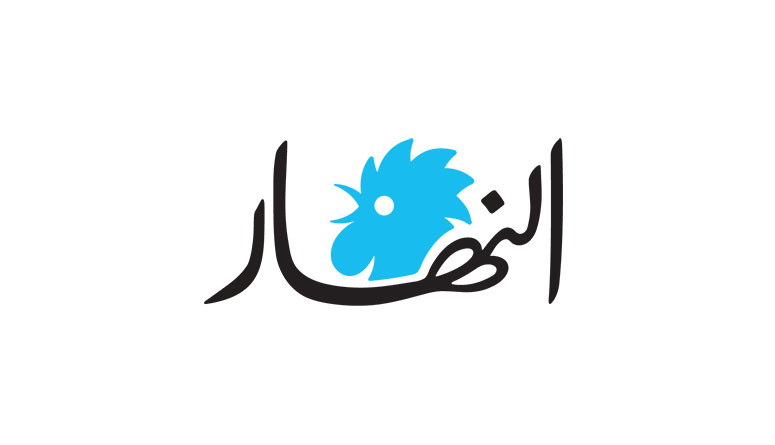



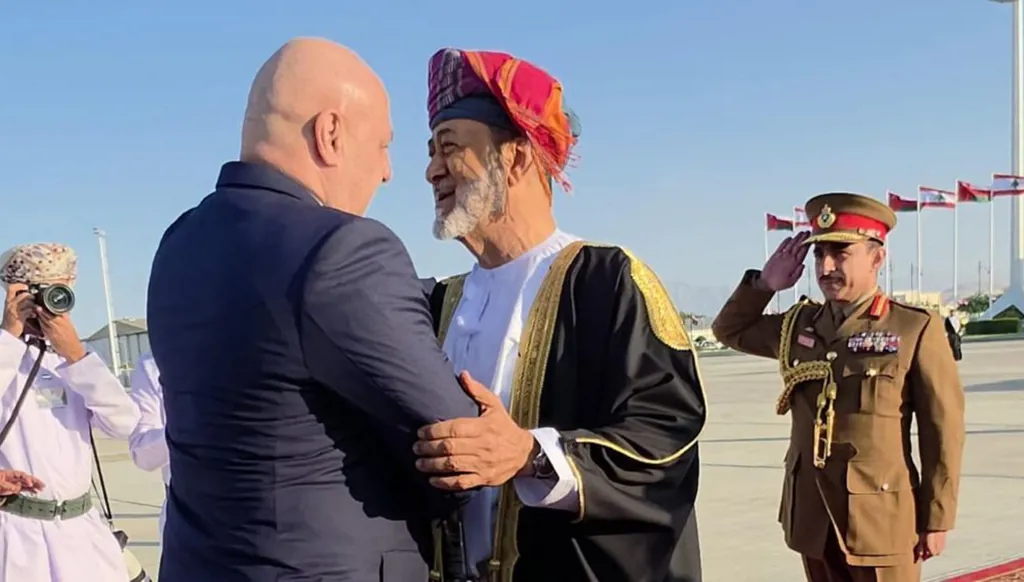
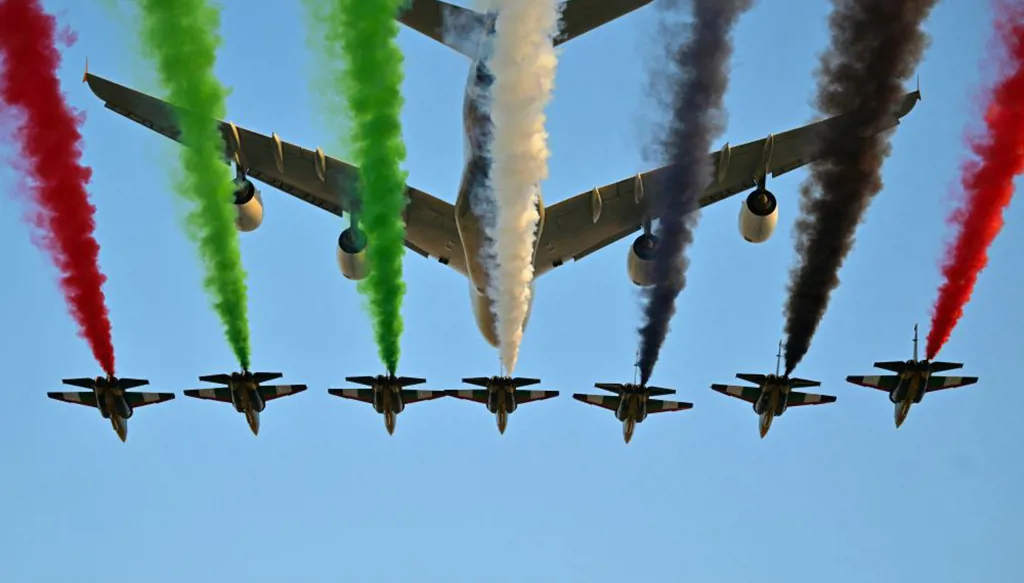
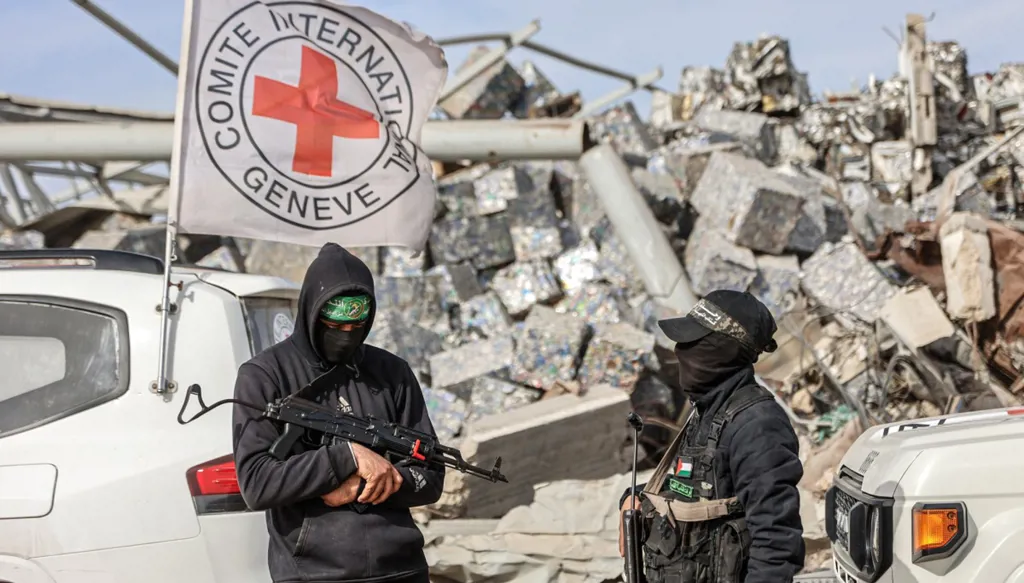
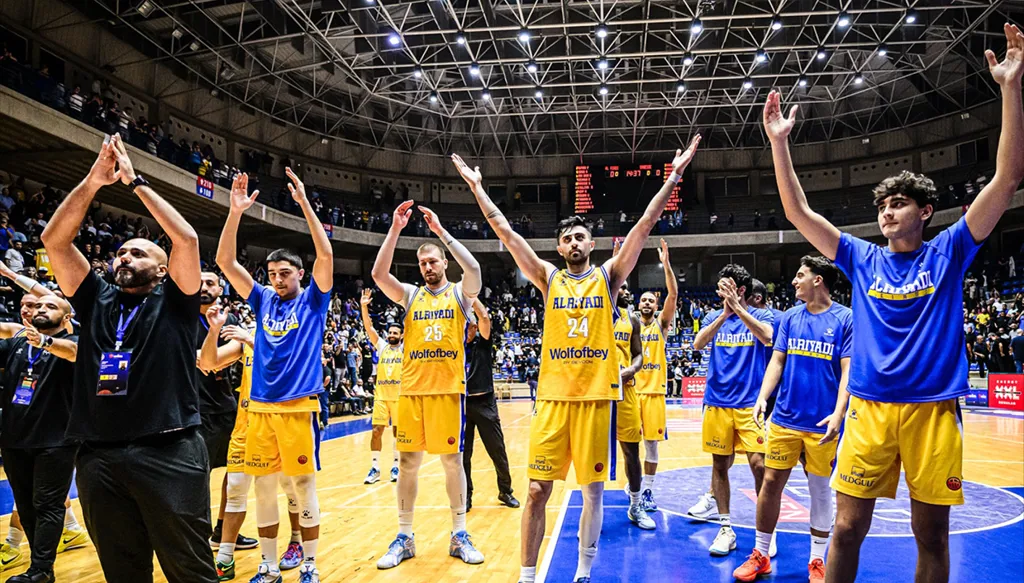
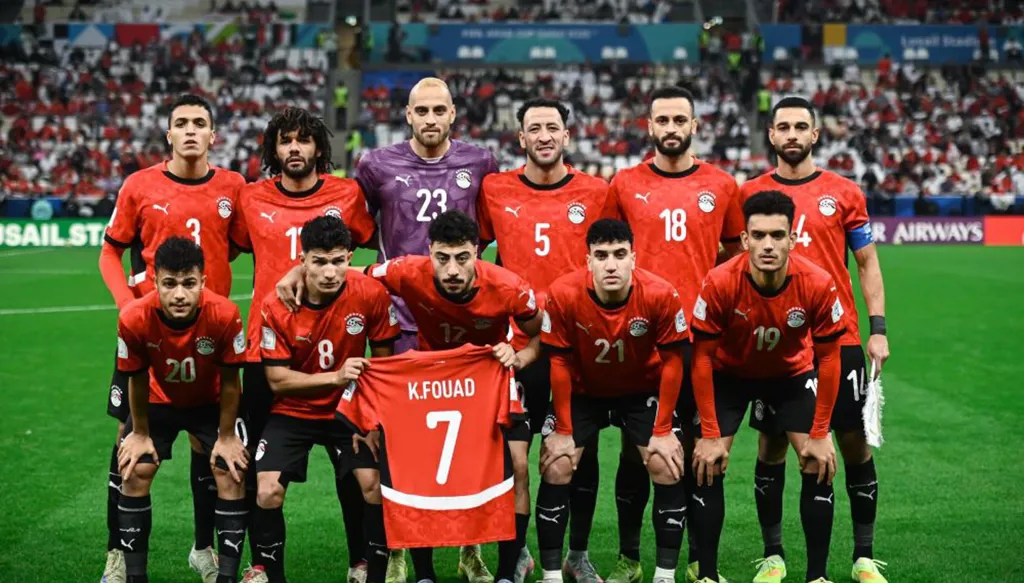
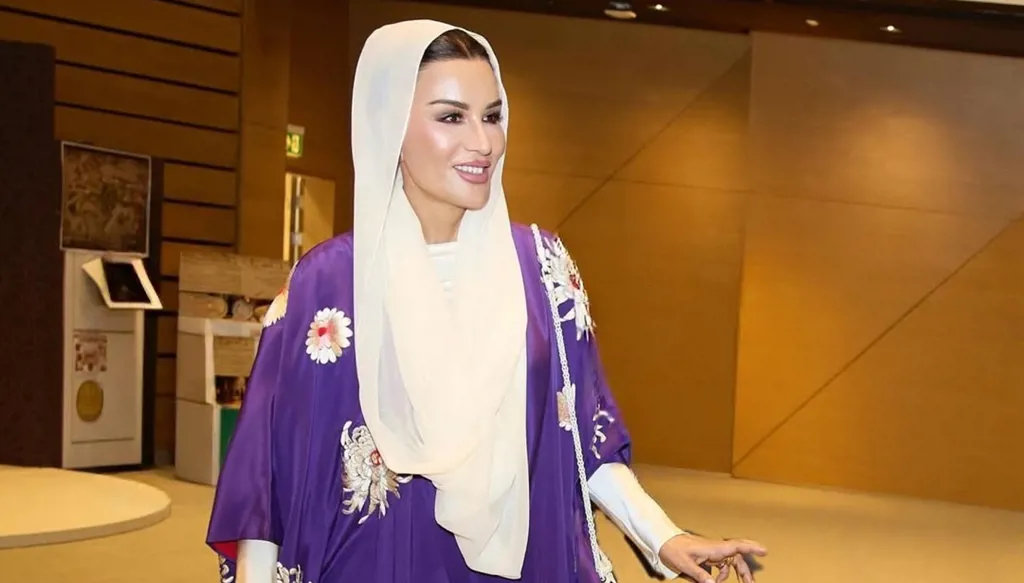


 تویتر
تویتر
 فيسبوك
فيسبوك
 يوتيوب
يوتيوب
 انستغرام
انستغرام
 نبض
نبض
 ثريدز
ثريدز



 مسنجر
مسنجر
 واتساب
واتساب
 بريد إلكتروني
بريد إلكتروني
 الطباعة
الطباعة



